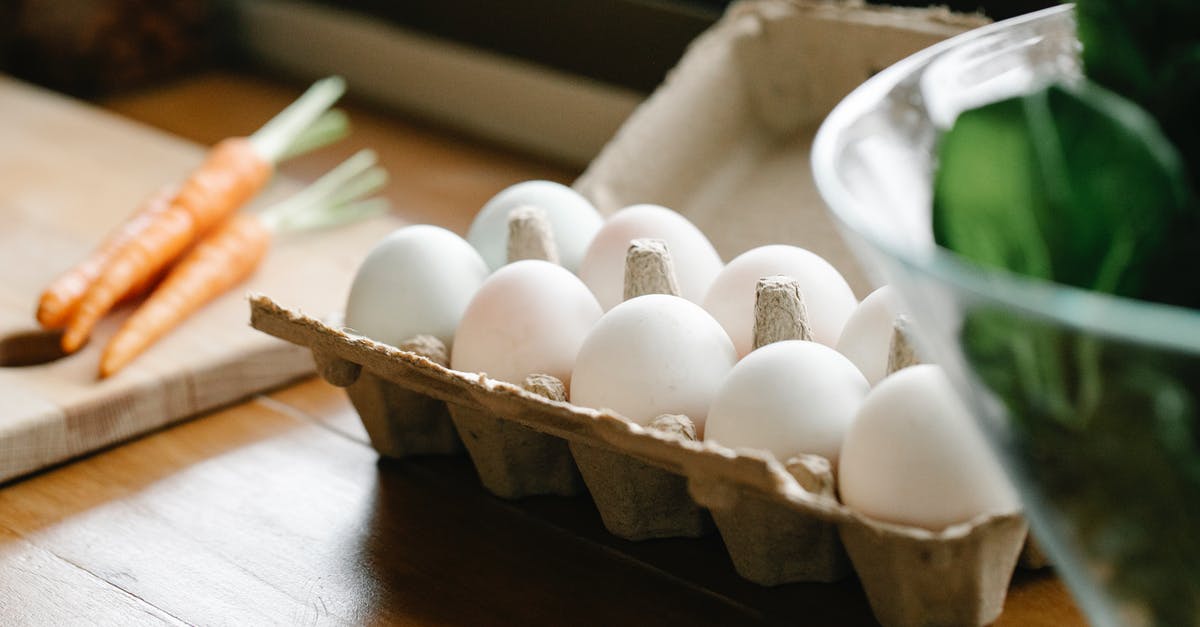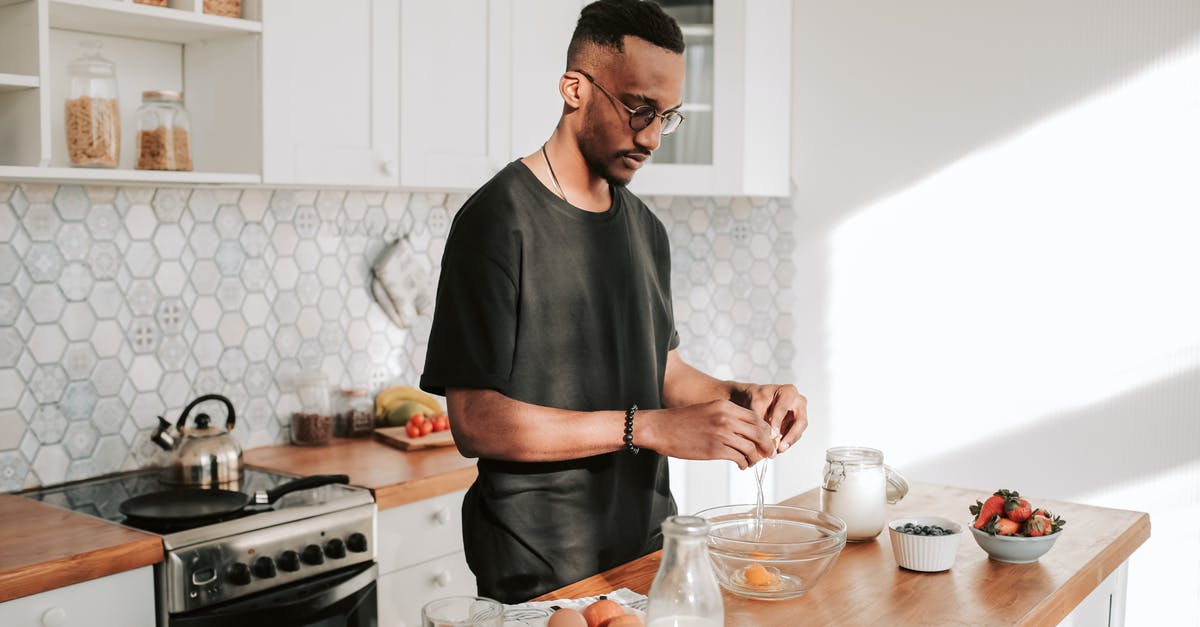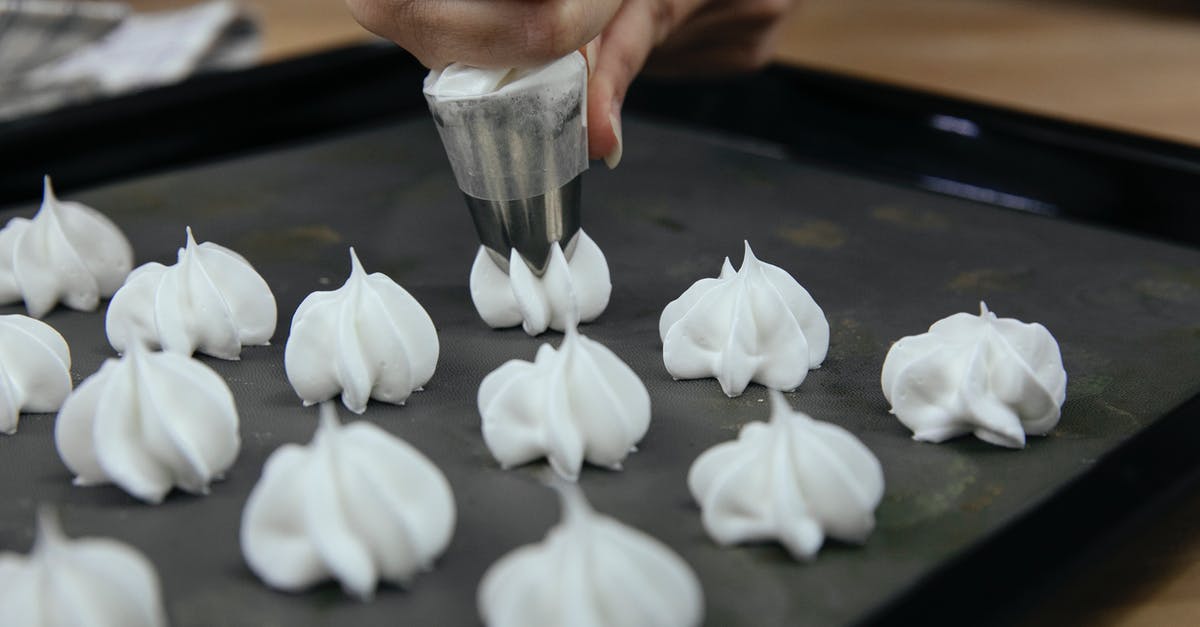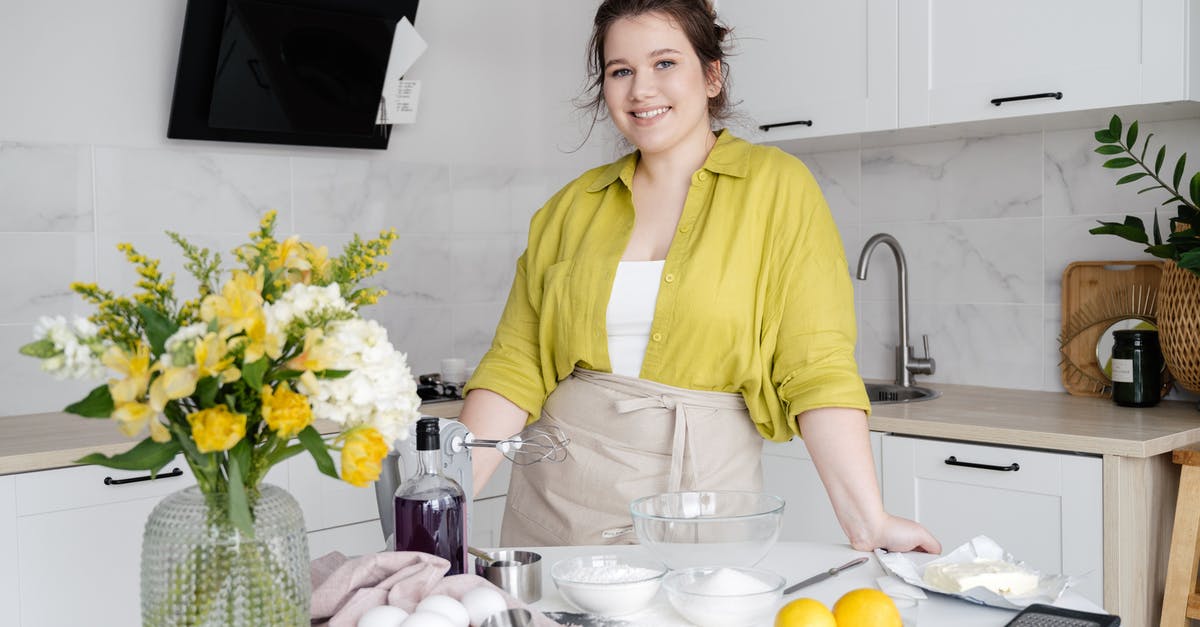What did European/American historical cooks do with the egg whites?

I do some historical cooking out of old cookbooks, like Amelia Simmons' American Cookery or The Art Of Cookery Made Plain and Easy. One thing I've noticed is that these cookbooks use way more egg yolks than whites. For example, I prepared an 18th century feast one night and ended up with 10 leftover egg whites in a jar.
This left me wondering, what did they do with the egg whites? Given the extreme frugality of cooks centuries ago, which included using every scrap of stale bread and every bit of a pig including the oink, I find it impossible to believe that they were wasted. They must have used them for something ... but that's not in the recipes I have. So, questions:
- Are the cookbooks we have simply not representative of actual cookery of the 15th-18th century? That is, are they purely posh cookery and as a result did actually waste the egg whites?
- Or were the egg whites used for some other purpose that required a lot of whites, maybe even a non-culinary purpose?
Help me solve this mystery. Thanks!
Best Answer
There were certainly uses for egg whites that didn't involve eating them:
Clearing beer and wine (using egg white as finings). This isn't common any more, and anyway only uses one egg white to six gallons.
As an adhesive in bookbinding and gilding, and as a size.
In makeup:
- Wikipedia - ancient nail polish
- Royal Museums Greeenwich - as a skin treatment
- also various sources say as a base for rouge, foundation and other preparations, or to conceal wrinkles.
None of these would use a lot, of course. I suspect that most leftover whites would have been used up in cooking. Apart from the obvious meringues of various types, they can be used:
- As an egg wash on pastry.
- In place of whole egg before coating something in breadcrumbs
- Finings are also used in clarifying stock (link is to an alternative method proposed by Heston Blumenthal). Consommé was probably popular around that time; certainly Mrs Beeton, writing in England in the 19th century included several recipes. While she mentioned that clarifying may be required, her consommé recipes don't call for the use of egg. Fannie Farmer's Boston Cooking-School Cook Book (1896) does explain this method, though without quantities.
- Or simply added to many things that use beaten egg (I use up half eggs, either half, in an omelette with whole eggs). In fancy households that could mean servants' food - after all there are many low-effort ways of preparing egg. In a smaller household, everyday meals could use them up, though quickly without refrigeration
They can also be fed to many domestic animals, but given that most animals probably lived on scraps, this is effectively discarding them.
Pictures about "What did European/American historical cooks do with the egg whites?"



Why was egg white used?
While the yolk provides most of the nutrition for the embryo, the egg white supplies the embryo with water and protects it from viruses, bacteria, and even predators (proteins found in the white block the digestion of nutrients).What do egg white companies do with the yolk?
Richey says that all the yolks separated out for Two Chicks egg whites are sold to cake and mayonnaise manufacturers, so none are wasted, which makes sense for a business.What was produced after cooking the egg?
This is caused by a reaction between iron ions (Fe2+) in the yolk and hydrogen sulfide gas from the egg white, which is formed when hydrogen and sulfide react after being heated. The reaction produces a green compound, iron sulfide. Even though the green might look weird, the eggs are quite safe to eat.What is the significant role of egg in culinary arts?
Thanks to its unique properties, an egg can help bind ingredients, give volume to batter, emulsify liquids, thicken a sauce, provide flavor, clarify a liquid and even add a nice color or glaze to certain dishes.What Native Americans Actually Ate Before Europeans Came
More answers regarding what did European/American historical cooks do with the egg whites?
Answer 2
Another high-volume specialist use for egg white was mortar. Specifically, it was used very frequently in the Middle Ages, in the standard lime and sand mortar: a 2017 study suggests that 6% egg albumen (I assume by weight) provides the strongest mortar.
It was not the only binding agent available to construction, but at least in the Middle East and in Europe, it was one of the most easily procured. Its role is to aerate the mortar, which is essential in preventing thermal contraction damage (ice or heat), and modify its hydration (usually by allowing a lower water-to-cement ratio, increasing strength and water resistance while still being workable).
The use of egg white in construction persisted into the late 19th century in the colonial Philippines. According to one report, this use of egg white in the buildings transformed native Filipino desserts.
Answer 3
Just the other day I was watching an episode of the Great British Baking Show (sorry, don't remember which one), and they mentioned that egg whites were often used to stiffen clothing, something we'd do with starch today. That left an excess of egg yolks, which was supposed to be the explanation for why so many recipes back then used egg yolks.
Answer 4
Apparently divided culinary uses for eggs were not uncommon, in addition to industrial uses for egg whites mentioned by others. (Filipino egg-yolk cookies, among other things, are attributed to the massive use of egg whites in the cement for local churches, and egg whites made medieval cement water-resistant.)
Egg whites were reportedly used to make egg white omelettes and egg white pasta in the first printed cookbook, 1465's De honesta voluptate et valetudine from Italy.
Sources: Stack Exchange - This article follows the attribution requirements of Stack Exchange and is licensed under CC BY-SA 3.0.
Images: Sarah Chai, Vlada Karpovich, Katerina Holmes, SHVETS production
